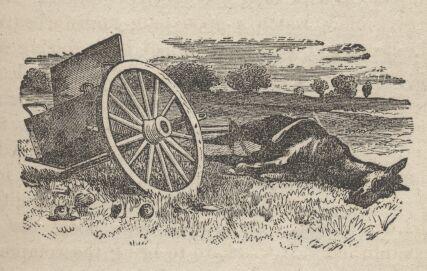Remains of this station are on the present day Smith Creek Ranch located 14 miles north of State Highway 2 on the east side of the Desatoya Mountains. There is one adobe building with a willow thatch roof and a second building with one section of adobe and another section of rock also with a thatch roof. The first building has been identified as the location of the corral. The adobe section of the second building is the original Pony Express Station house.
(Expedition Utah)
A number of sources identify Smith's Creek as a station, including the 1861 Overland Mail Company contract. John M. Townley lists the site as a home station. On October 14, 1860, the English traveler Richard Burton visited Smith's Creek and recorded his unusually favorable impressions of the station house and stone corral. Two 1860 shootings remain associated with Smith Creek. One involved the stationkeeper, H. Trumbo, who shot rider Montgomery Maze in the hip after an argument. In the second shooting, rider William Carr quarreled with Bernard Chessy at Smith Creek. Carr later killed Chessy and was hanged at Carson City. (NPS)
After a long and peculiarly rough divide, we sighted the place of our destination. It lay beyond a broad plain or valley, like a huge white splotch in the centre, set in dirty brown vegetation backed by bare and rugged hills which are snow topped only on the north; presently we reached the splotch which changed its aspect from that of a muddy pool to a yellow floor of earth so hard that the wheels scarcely made a dent, except where a later inundation had caused the mud to cake, flake, and curl, - smooth as ice without being slippery. Beyond that point, guided by streams meandering through willow thickets, we entered a kanyon - all are now wearying of the name - and presently sighted the station deep in a hollow. It had a good stone corral and the usual haystack, which fires on the hilltops seemed to menace. Among the station folks we found two New Yorkers, a Belfast man, and a tawny Mexican named Anton, who had passed his life riding the San Bernardino road. The house was unusually neat, and displayed even signs of decoration in the adornment of the bunks with osier work taken from the neighboring creek. We are now in the lands of the Pa Yuta, and rarely fail to meet a party on the road: they at once propose shwop and readily exchange pine nuts for white grub, ie biscuits. I observed, however that none of the natives were allowed to enter the station house, whereas in other places, especially among the Mormons, the savages squeezed themselves into the room, took the best seats near the fire, and never showed a symptom of moving.
(The City of the Saints, p 486-7)
